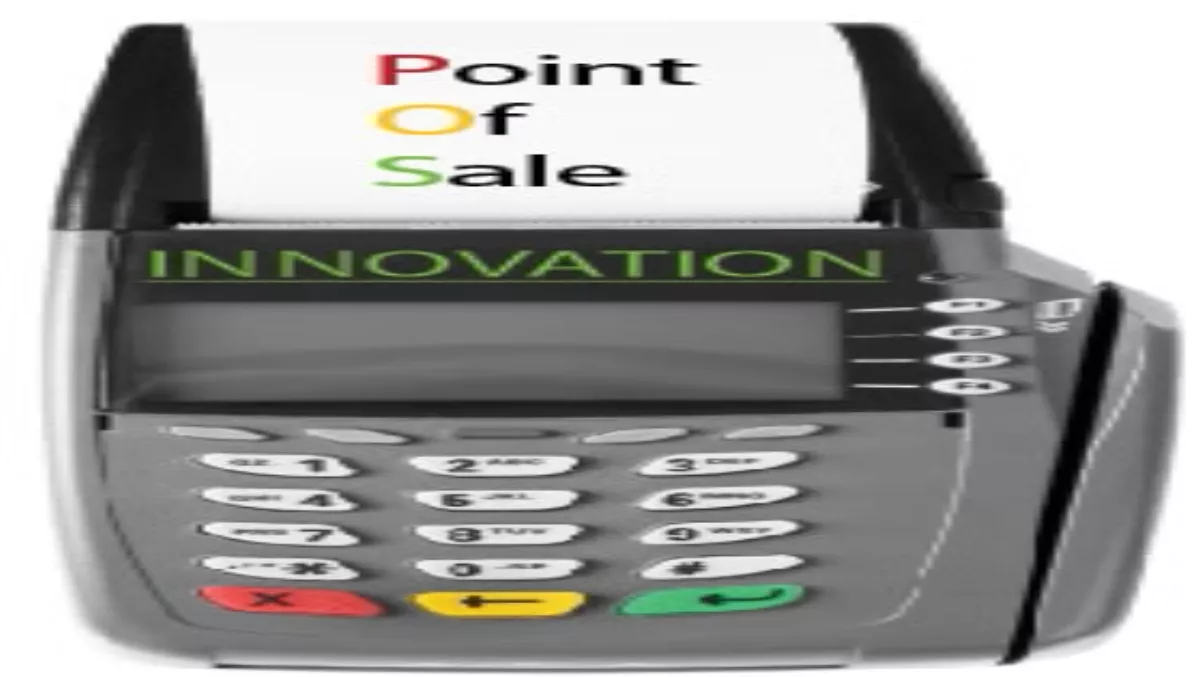
Point of sale innovation
You’ve likely experienced an over-loaded or offline EFTPOS terminal, while stood at the till waiting to pay for your items. You’ve probably also had a terminal refuse to read the magnetic strip on your card, and you may even by now have opted for the self-service checkout in the supermarket, sure it will save you from the painful queue that’s backed up behind a flustered mother with three kids and a trolley stacked to the roof.But things in the POS market are certainly changing and innovation is ironing out the niggling issues evident in this evolving technology. The advent of online retail and automated checkouts makes it perfectly acceptable for the customer to bypass face-to-face interaction at the POS, should they so choose. Are we encouraging anti-social purchasing behaviour? Could it be that in the not-so-distant future, customers will be making the majority of their purchases from behind the safety of electronic walls? In our latest Sales Toolbox, The Channel looks in to what these changes mean for resellers and system integrators in the POS market, what the buyer wants to achieve and how best margins can be achieved.The changing POS climateThe point of sale is usually regarded as the aspect of purchase that increases customer intimacy and service, where a business can get a comprehensive overview of a customer. The idea of a POS application is growing substantially, as retailers are now interested in integrating more into the technology, such as installation, access, and supply chains, with the ability to get it all in one place, at one time, and in real time.The growing online retail industry is one that can’t be ignored. For businesses to stay competitive in today’s climate, online retailing is crucial. "It’s ultimately about giving the customer choices and different experiences,” says Vern Hue, IDC Analyst.Automated checkouts are having an impact. The convenience and time we save through use of self-service automated checkouts in supermarkets now far outweighs the personal touch that might come from a cashier.Furthermore, there is now an increasing trend towards IP-based EFTPOS terminals that run over an Ethernet or wireless internet connection rather than conventional telephone lines. This is practical and attractive to retailers wanting to reduce their telecommunications costs.Mobile POSAccording to Gartner, over the last two years the hype surrounding mobile POS solutions has experienced a revival in the retail market. Customers’ expectations are considered to be one of the driving forces behind this resurgence. A Gartner retail consumer survey (Retailers: Let customers guide your investment in mobile POS) revealed that, on average, customers cited faster check-outs as a top three customer service basic across all retail segments.For those retailers looking to satisfy this customer demand, Mobile POS is a highly appealing option, helping to support faster throughput, consequently improving customer service in the store. This can be particularly helpful during peak trading times, such as the Christmas period.Vern Hue believes that the rise of mobile hand-held devices is one of the most interesting and exciting trends in POS presently. "These hand-held devices act as portable terminals, enabling those in line to scan their items before reaching the checkout counter and paying before exiting the store. This saves both the customer and the attendant a lot of time and effort.”Note Gartner’s recommendations for implementing mobile POS for retailers:
- Factor in cross-channel transaction processes, such as reserve online and checkout/pick up in the store.
- If investigating third-party mobile POS applications on devices such as the Apple iPhone, consider how that third-party mobile POS application will integrate with the main POS application running on the in-store fixed checkouts.

